Fresh fruits bring nature’s sweetness to our kitchens, but timing is everything when it comes to enjoying their peak flavor. Nothing disappoints quite like biting into a fruit that was perfect yesterday but tastes bland today. Understanding how quickly certain fruits lose their magic can help you plan your shopping and snacking for maximum enjoyment.
1. Strawberries
Those ruby-red jewels from the farmers’ market transform with alarming speed. The moment strawberries come home, their countdown clock starts ticking loudly. Their delicate skin doesn’t protect against moisture loss, causing them to shrivel and lose their bright, sweet-tart punch within days.
Store strawberries unwashed until ready to eat, as moisture accelerates their decline. Placing them in a single layer on paper towels inside a container helps them last slightly longer. For maximum flavor, try to consume them within 24-48 hours of purchase.
If you notice your berries starting to soften, quickly transform them into smoothies or jam rather than letting them go to waste. The difference between day-one and day-three strawberries is like comparing different fruits entirely!
2. Peaches
The quintessential summer fruit offers a maddeningly brief window of perfection. A perfectly ripe peach—fragrant, juicy, and yielding gently to pressure—represents fruit nirvana. But this state lasts mere days before heading downhill fast.
Ripe peaches quickly develop mealy spots and bruises even when handled carefully. Their sweet nectar-like flavor transforms into something dull and fermented, while their firm-yet-yielding texture becomes unpleasantly mushy. Room temperature storage accelerates this decline.
Buy peaches slightly underripe if you can’t eat them immediately. For already-ripe specimens, refrigeration buys you an extra day or two, though it slightly diminishes their aromatic qualities. When peaches pass their prime, they still make excellent cobblers or smoothies!
3. Melons
Whole cantaloupes and honeydews can last surprisingly long, but everything changes once the knife hits. Cut melon experiences rapid flavor deterioration, transforming from sweet ambrosial chunks to watery, bland disappointments within days.
The exposed flesh allows moisture to escape and speeds enzyme activity that breaks down the sugars responsible for flavor. Even in an airtight container in the fridge, cut melon’s crisp texture and sweet taste diminish noticeably after just 48 hours.
For best results, only cut what you can realistically consume in two days. If you must pre-cut, store melon in airtight containers with as little air as possible. The difference between freshly cut melon and three-day-old chunks makes this extra effort worthwhile!
4. Bananas
Nature’s perfect portable snack comes with its own time-sensitive warning system. The color shift from green to yellow to brown visibly tracks a banana’s journey from starchy and astringent to perfectly sweet to overripe and fermented.
A banana’s peak flavor window is surprisingly narrow—typically just 2-3 days when the fruit is yellow with small brown speckles. During this brief golden period, the starch-to-sugar conversion reaches its ideal balance. After that, enzymes continue working overtime, creating that characteristic overripe smell and mushy texture.
Break up banana bunches to slow ripening, and refrigerate them once they reach your preferred ripeness (though the peels will blacken). When they cross into too-soft territory, they’re still perfect for banana bread or smoothies!
5. Pears
Unlike most fruits, pears reach their prime after harvest, not on the tree. This peculiarity creates a frustrating waiting game followed by a race against time. The perfect pear yields slightly at the stem end with honeyed fragrance and buttery texture.
Once that magical ripeness arrives, the clock ticks mercilessly. Within days, the same pear transforms from sublime to disappointingly mushy and mealy. The flesh browns from the inside out, and the bright, sweet flavor becomes dull and flat.
Check firm pears daily by gently pressing near the stem. When they yield slightly, they’re ready! Refrigeration can extend their peak window by a day or two. When they pass their prime, blend them into smoothies or purée for baking rather than enduring their compromised texture.
6. Raspberries
Even more delicate than their strawberry cousins, raspberries offer intensely concentrated flavor in an extremely fragile package. Their hollow structure and paper-thin skin make them among the most perishable fruits at the market. A perfect raspberry balances sweet and tart notes with a captivating aroma.
Within just 24-48 hours, these delicate berries can develop mold, become mushy, or dry out. Their bright flavor dulls noticeably, and their vibrant color fades to a less appealing hue. The difference between fresh-picked and two-day-old raspberries is striking.
Never wash raspberries until just before eating, as moisture accelerates their decline. Store them in a single layer on paper towels in a shallow container with the lid slightly ajar to prevent condensation. Freeze any extras immediately rather than hoping they’ll last another day!
7. Watermelon
A whole watermelon keeps remarkably well, but everything changes once you break that protective rind. The exposed flesh begins losing moisture and flavor compounds almost immediately. That perfect balance of sweetness and refreshing juiciness starts declining within hours.
By day three after cutting, the once-crisp texture becomes softer and slightly grainy. The vibrant color dulls, and the edges may appear dried out or rubbery. Most noticeably, the bright, sweet flavor becomes increasingly flat and watery.
Store cut watermelon in airtight containers with as little air exposure as possible. Even better, only cut what you can realistically consume within two days. For maximum flavor preservation, keep the seeds intact when storing, as they help maintain moisture and flavor in the surrounding flesh.
8. Red Apples
Once America’s most popular apple, the Red Delicious earned a bad reputation largely due to its rapid quality decline after harvest. Fresh off the tree, these apples offer a sweet flavor and satisfying crunch. But unlike hardier varieties, their texture and taste deteriorate quickly.
Within days of purchase, the crisp flesh can turn disappointingly mealy and dry. The bright sweetness fades to a bland shadow of its former self. This transformation happens even faster when stored at room temperature or in plastic bags that trap ethylene gas.
For longer-lasting apples, choose Honeycrisp, Fuji, or Granny Smith varieties instead. If you do buy Red Delicious, store them in the refrigerator crisper drawer and consume them within a few days. The difference between a fresh, crisp specimen and a week-old mealy one makes this variety particularly time-sensitive.
9. Grapes
Fresh grapes offer a perfect pop of sweetness with their firm, juicy texture and balanced flavor. Their natural waxy bloom coating protects them initially, but this defense weakens after harvest. Within days, subtle changes begin affecting their eating quality.
After 3-5 days in the refrigerator, grapes start losing their characteristic firmness. The skin wrinkles slightly, and the once-taut flesh becomes increasingly soft. More importantly, their flavor profile shifts as the perfect sugar-acid balance that makes them so refreshing begins to dull.
Store grapes unwashed until ready to eat, as moisture accelerates deterioration. Keep them in ventilated containers in the refrigerator, not in sealed plastic bags. Remove any damaged grapes immediately, as one moldy grape can quickly affect the entire bunch through a domino effect of spoilage.
10. Mangoes
A perfectly ripe mango delivers an intoxicating tropical flavor explosion unlike any other fruit. The window to experience this perfection, however, proves frustratingly narrow. Mangoes ripen after harvest, transforming from firm and tart to yielding and sweet.
Once they reach peak ripeness—fragrant, slightly soft to the touch, with golden-orange flesh—mangoes deteriorate rapidly. Within 2-3 days, enzymes break down the flesh structure, turning it mushy and stringy. The complex flavor profile simplifies, becoming either bland or overwhelmingly sweet with fermented notes.
Purchase mangoes at varying ripeness stages to extend your enjoyment period. Once ripe, refrigeration buys you an extra day or two. When they pass their prime texture-wise but aren’t spoiled, blend them into smoothies or purée for desserts rather than eating them fresh.
11. Pineapple
A freshly cut pineapple offers the perfect balance of sweet tropical flavor with bright acidity. Unlike many fruits, pineapples don’t continue ripening after harvest, but their flavor quality still changes dramatically after cutting.
Within just 2-4 days of being sliced, pineapple’s vibrant taste profile begins fading. The bright acidity that balances its sweetness diminishes first, leaving behind a one-dimensional sweetness that lacks complexity. The firm yet juicy texture gradually becomes softer and slightly fibrous.
Store cut pineapple in an airtight container with its natural juices to slow flavor loss. Even better, only cut what you’ll consume within two days. When your pineapple starts losing its bright flavor notes, it’s still perfect for grilling, which caramelizes the sugars and creates new flavor compounds that mask the loss of fresh acidity.
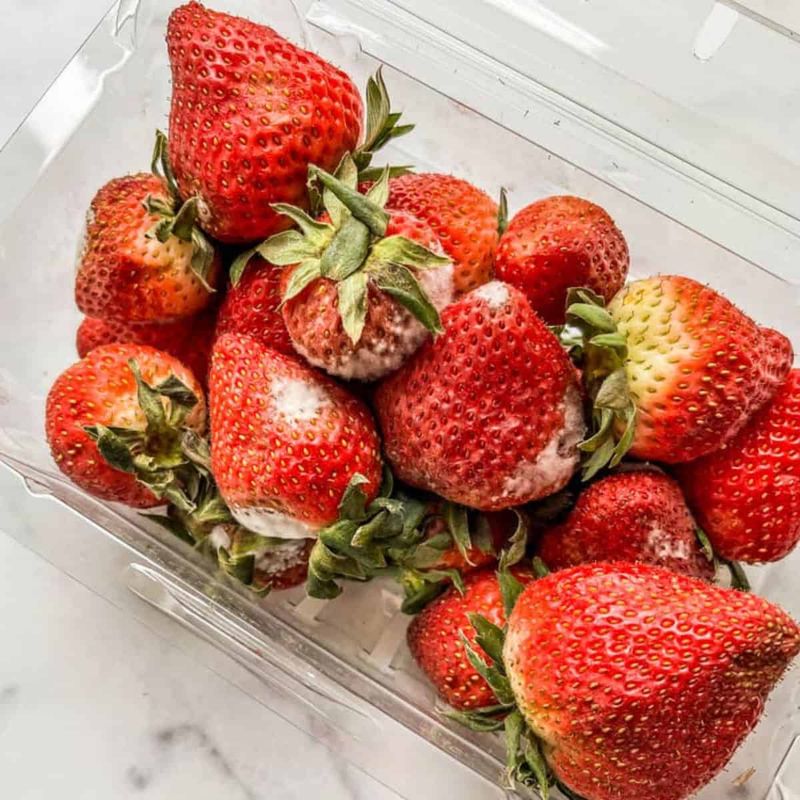
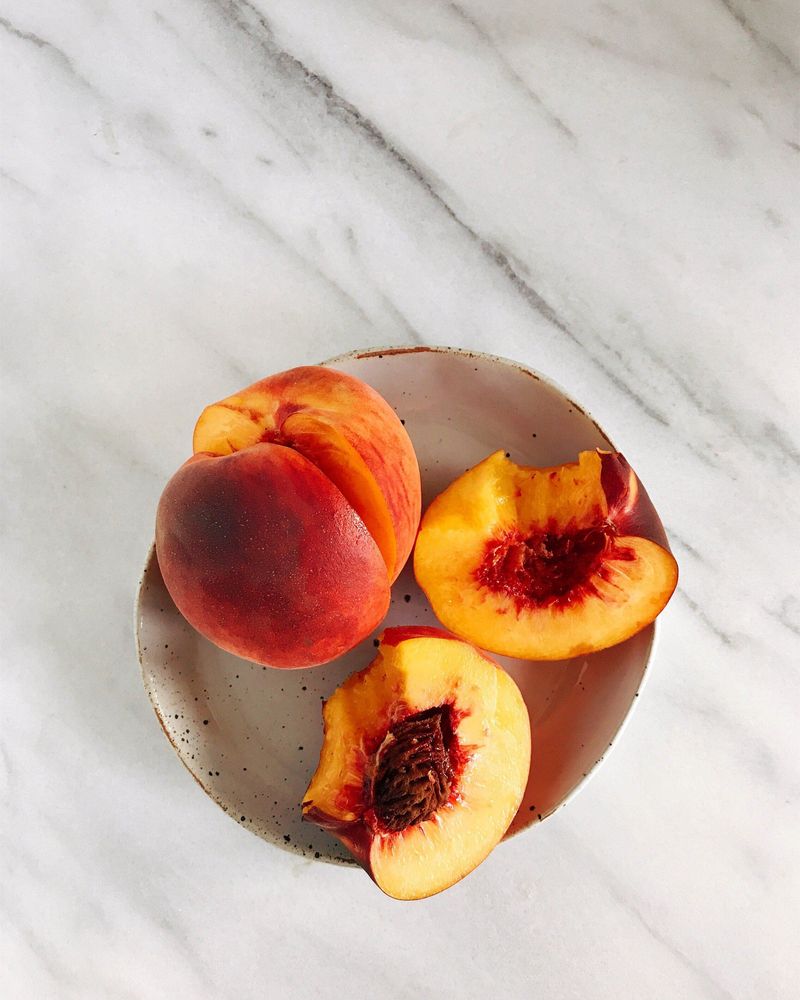

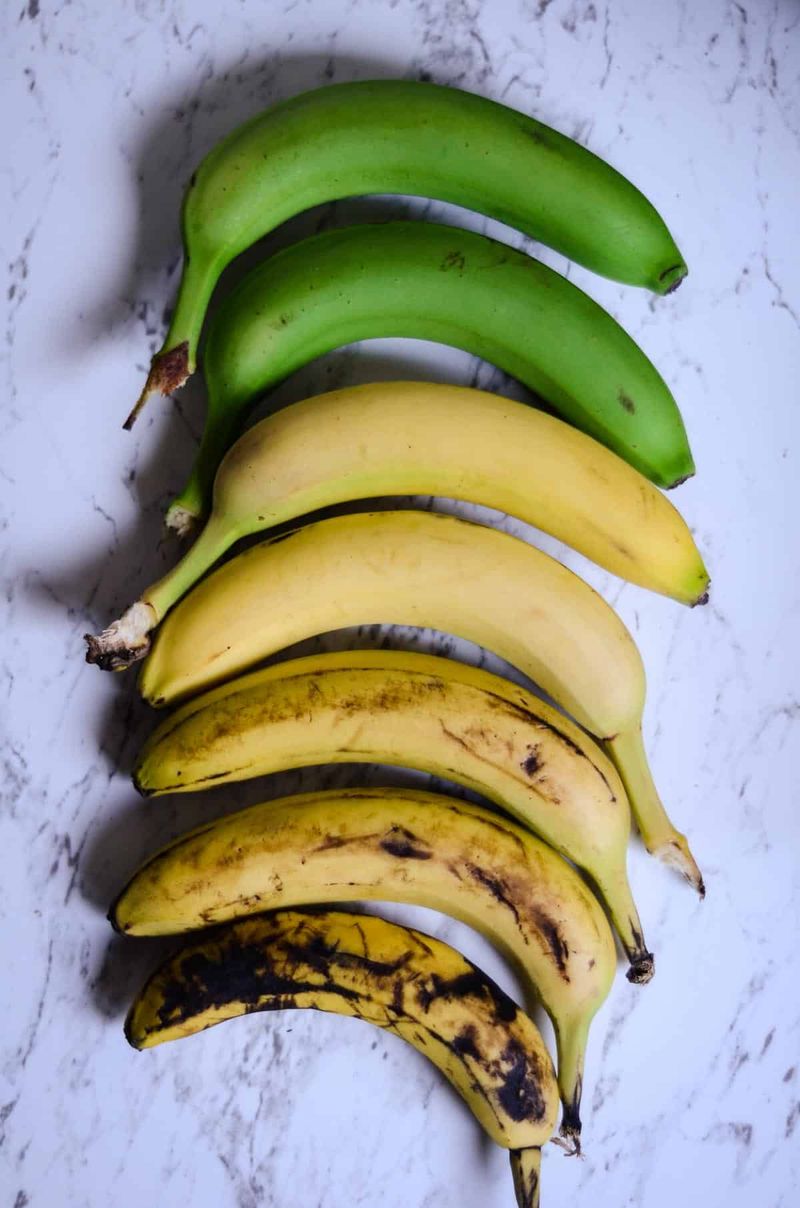

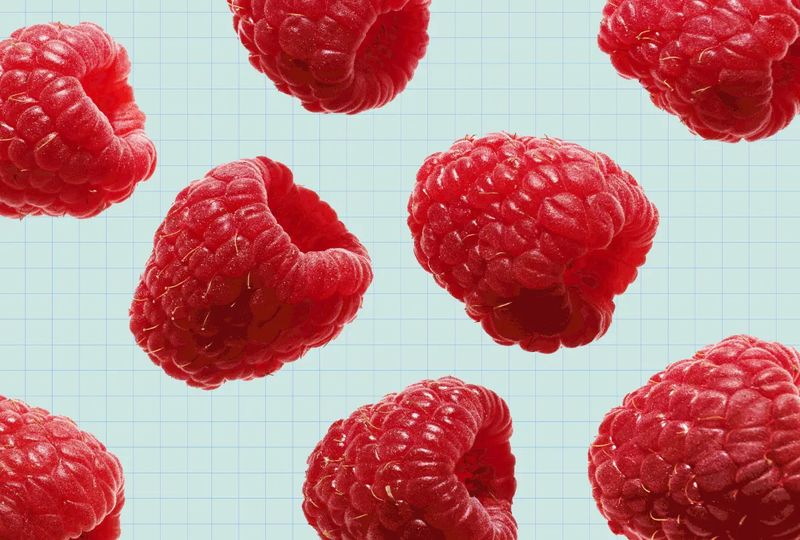
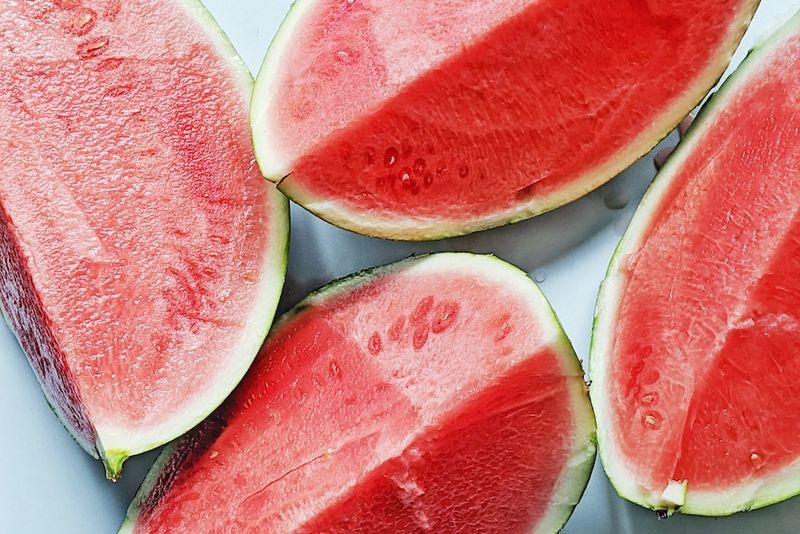
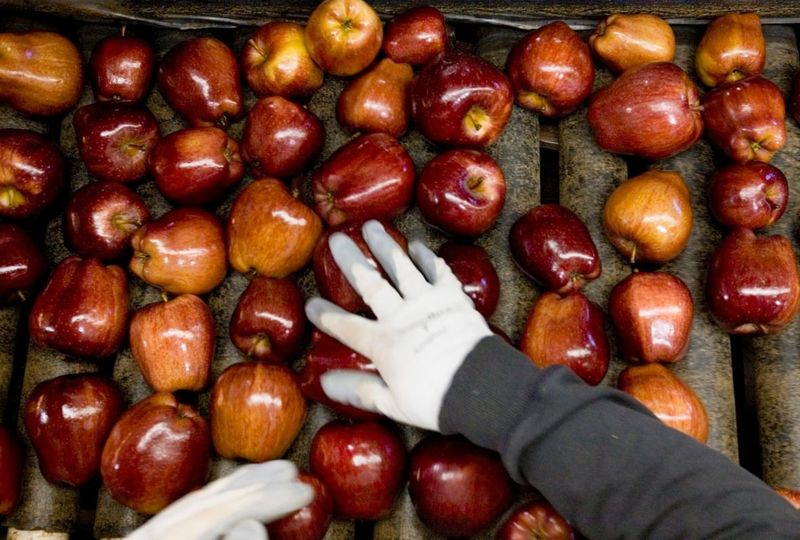
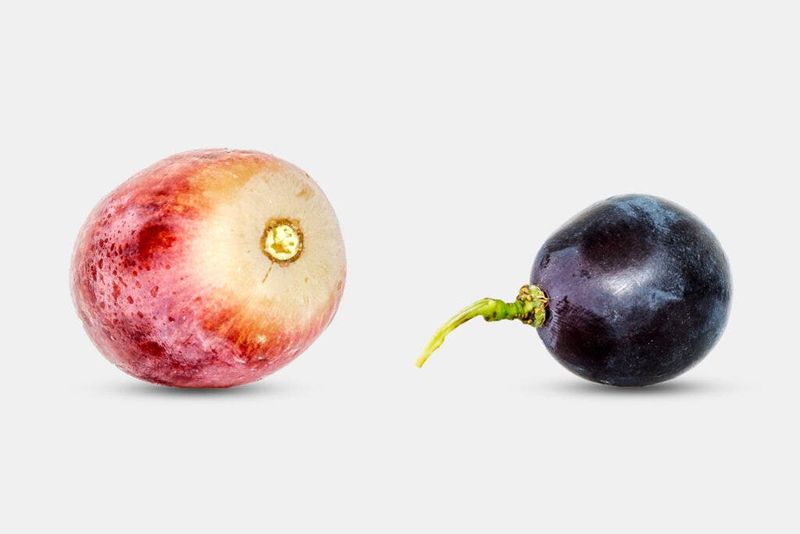
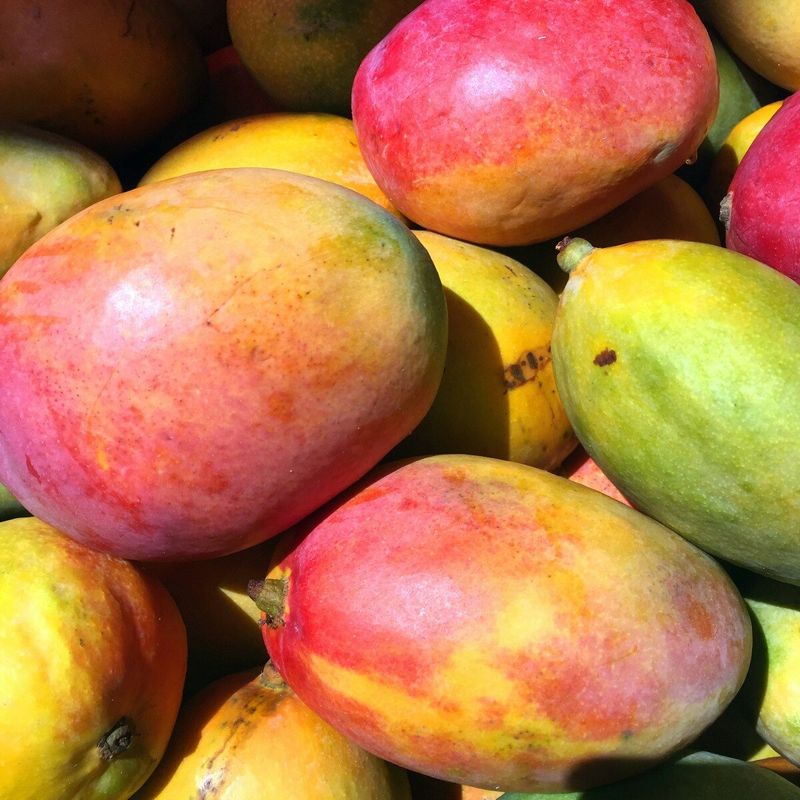
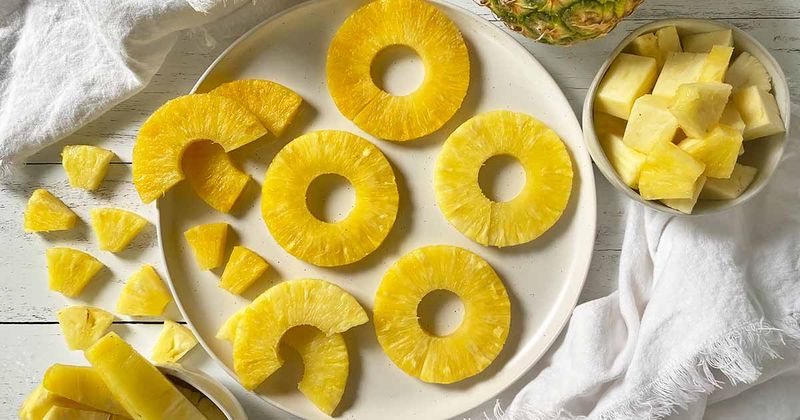
Leave a comment